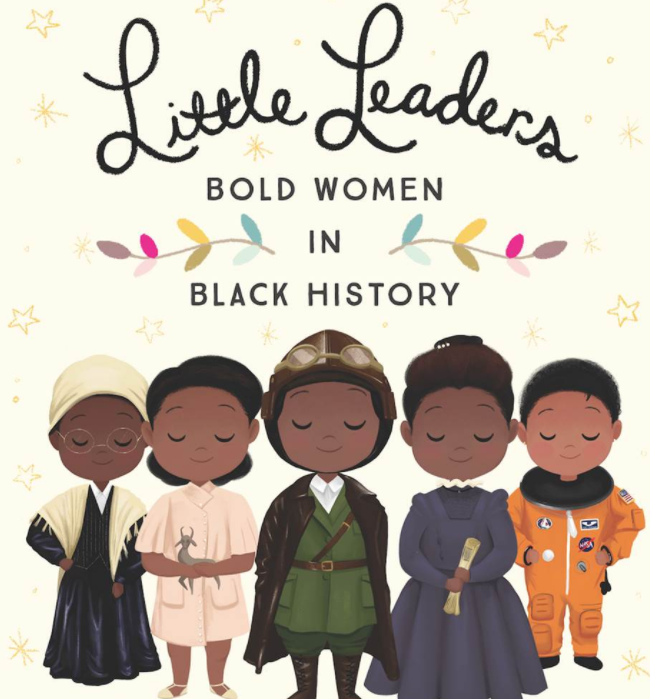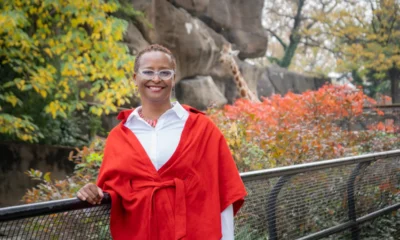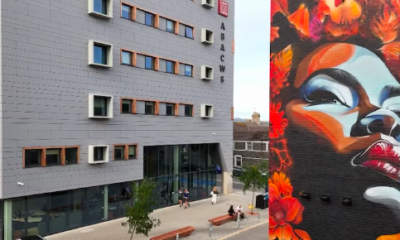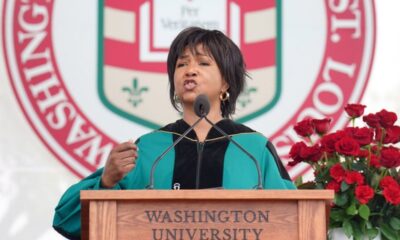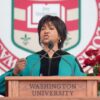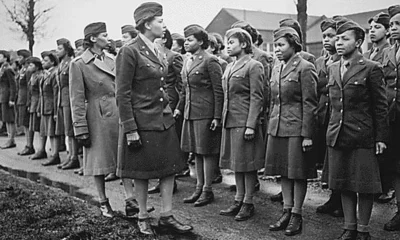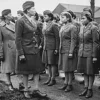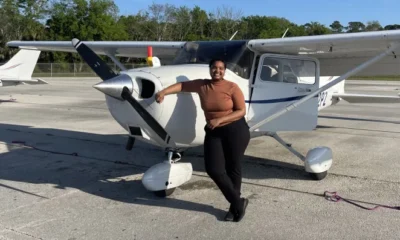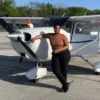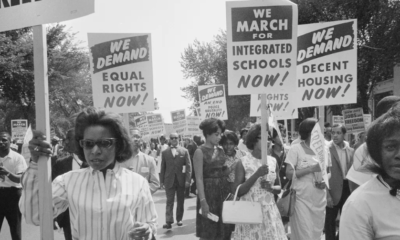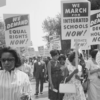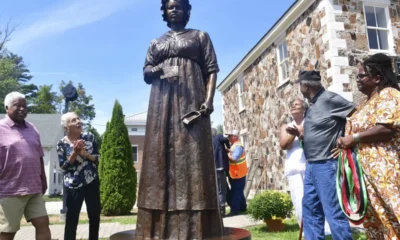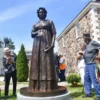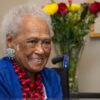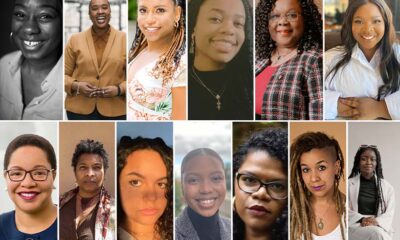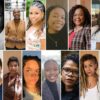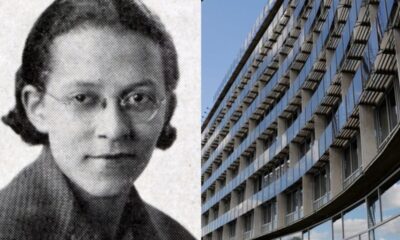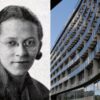Black Women in History
‘Bold women in black history’: Fearless black women your kids should know about
Looking for a new bedtime story for your kids this Black History Month?
In “Little Leaders: Bold Women in Black History,” author Vashti Harrison looks at the extraordinary stories of 40 African American women who shaped history.
From Olympic gymnast Dominique Dawes to gospel singer Mahalia Jackson, Harrison looks at the struggles and accomplishments of these brave women. A talented artist, filmmaker and animator, Harrison accompanies each woman’s story with a beautiful illustration.
We captured the stories of eleven of the women in Harrison’s book — available on Amazon — in a list of fearless black women your kids should know about.
Alma began her career as a teacher, but took a break from the classroom to attend Howard University, where she studied art. After returning to her teaching position for 35 years, Alma obtained her master’s degree in art education, and eventually had her colorful paintings displayed at the Woodley Museum of American Art.
“This was the first-ever solo exhibition of an African-American woman artist at one of America’s most important art museums,” writes Vashti Harrison, author and illustrator of the new children’s book, “Little Leaders: Bold Women in Black History.”
“Alma is truly a testament to being dedicated to the thing you love and having the patience to let it grow.”
Althea grew up on the streets of Harlem, and began playing tennis as a child. By age 15, Althea had won a national tennis championship.
“Most sports were segregated at the time,” writes Harrison, “so when Althea became the first black athlete to enter a US national competition, it was a landmark event.”
In 1988, Dominique became the first African-American woman to enter the Women’s National Gymnastics Team.
Dominique’s focus on “determination, desire and dedication” paid off further, leading her to the Olympics in 1992, and again in 1996, where she and her teammates brought home gold medals.
“Without a doubt, Dominique was an inspiration to the young women who followed in her footsteps,” writes Harrison. “Gabby Douglas and Simone Biles think of Dominique as a trailblazer and inspiration.”
From the age of 9, Gwen knew she wanted to be a journalist. After college, she began a career working as a newspaper reporter, then made the transition to television news.
In 1999, Gwen began working on two political news programs on PBS. In 2004, Gwen was the first-ever black woman to serve as moderator for the vice presidential debate. In 2013, Gwen became the first African-American female anchor of a network news program when she was named anchor of NewsHour.
“Many looked to Gwen as the ultimate role model in journalism,” Harrison writes. “A trailblazer in her field, she was a true professional: full of integrity and fairness.”
After realizing her love for motion pictures as a teen, Julie Dash studied film in college, did a two-year fellowship at the American Film Institute, and earned her master of fine arts degree from the University of California-Los Angeles (UCLA.)
Julie’s 1991 film, “Daughters of the Dust,” was the first film by an African-American woman to receive a general theatrical release in the United States. And in 2004, the film was placed on the National Film Registry by the Library of Congress.
“In an industry dominated by men,” writes Harrison, “she was often the first wherever she went, but she definitely would not be the last.”
Gospel singer Mahalia Jackson turned down nightclub performances and lived on very little money in order to stay true to her personal commitment to sing only gospel music.
In 1946, her single, “Move On Up a Little Higher,” sold over two million copies.
Mahalia also performed at the 1963 march where Dr. Martin Luther King Jr. gave his famous “I Have a Dream” speech.
“Mahalia knew how powerful (Dr. King’s) words were,” Harrison writes, “and how important it would be to share them.”
7. Marian Anderson, 1897-1993
In the 1930’s, opera singer Marian Anderson performed in venues across the United States and Europe — often as the first African-American woman to do so.
In 1935, she was invited by President and First Lady Franklin and Eleanor Roosevelt to sing at the White House. In 1939, after Marian was barred from performing at Constitution Hall in Washington, DC, Eleanor Roosevelt invited her to sing at the Lincoln Memorial on Easter Sunday, where she performed in front of 75,000 people and was broadcasted across the United States on the radio.
Marian also participated in the Civil Rights Movement, was the first African-American woman to perform with the New York Metropolitan Opera, and sang the national anthem at John F. Kennedy’s inauguration.
“Marian was a trailblazer and a leader in her field, with a long, respected career,” writes Harrison. “With her …
Please read more- ‘Bold women in black history’: Fearless black women your kids should know about



